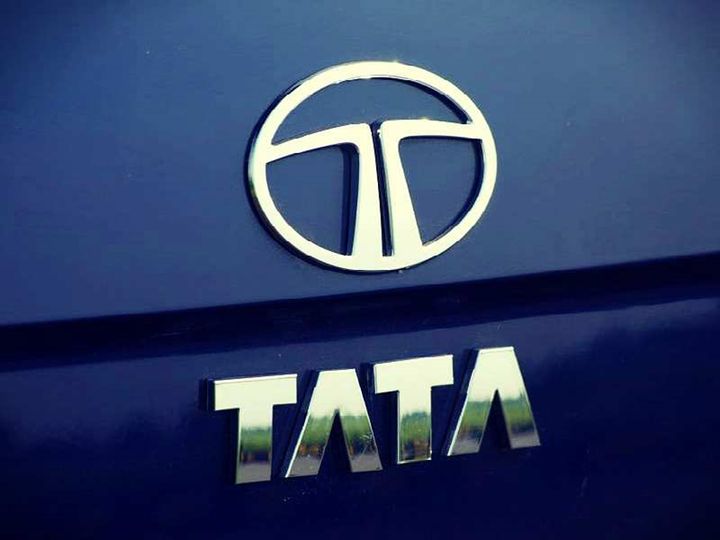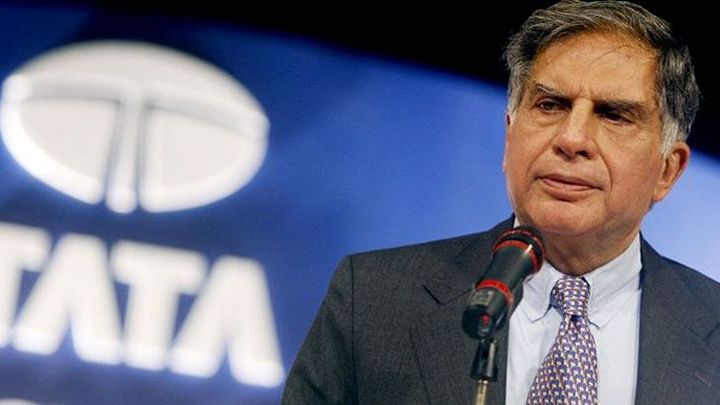
[Source: Business Insider India]
Charles R. Goulding and Preeti Sulibhavi look at troubles at an Indian tech giants might affect use of 3D printing technology.
An industrial titan and his clan spurned by a member of another illustrious business dynasty, led to an apparently irreparable rift in the ties of the two families and their legacies. It almost sounds like one of Shakespeare’s Victorian tragedies.
It is not. This is the story of Ratan Tata, the patriarch of India’s household name for everything from tea to cars, and his falling out with the son of one of his closest friend’s (a patriarch of another Indian industrial giant) sons, Cyrus Mistry.

The Tata Business Empire
Tata businesses encompass a myriad of industries, including airlines, undersea cables, tea, and its steelworks operations make it the UK’s largest industrial employer. In 2008, when Tata acquired Jaguar Land Rover for $2.3 billion, it shocked the British automotive industry. Would Tata be able to lead the British auto industry into the twenty-first century?
3D Printed Technologies
Tata Motors’ Jaguar Land Rover business segment is now innovating next-generation in-car personalization by using 3D printing technologies. Lightweight Electronics in Simplified Architecture (LESA) is a technology that allows Jaguar Land Rover to manufacture body panel displays to show relevant information and help designers achieve streamlined, buttonless designs for future cars.
Such designs may include, customizable interior ambient lighting systems, body controls, wraparound buttonless dashboards and advanced fabric/leather heated steering wheels. The system uses computer-animated drawings (CAD) to virtually “unfold” a part into its 2D structure. The required electronic circuit, ordinarily wired into a traditional ECU, is then printed onto the flat surface, and components are mounted, before the CAD is folded back into its original 3D. The part is then manufactured with the electronics printed into the structure. Tata has taken this iconic British car brand into the 21st Century.

The Research & Development Tax Credit
Whether it’s used for creating and testing prototypes or for final production, 3D printing is a great indicator that R&D Credit eligible activities are taking place. Companies implementing this technology at any point should consider taking advantage of R&D Tax Credits.
Enacted in 1981, the now permanent Federal Research and Development (R&D) Tax Credit allows a credit that typically ranges from 4%-7% of eligible spending for new and improved products and processes. Qualified research must meet the following four criteria:
- Must be technological in nature
- Must be a component of the taxpayer’s business
- Must represent R&D in the experimental sense and generally includes all such costs related to the development or improvement of a product or process
- Must eliminate uncertainty through a process of experimentation that considers one or more alternatives
Eligible costs include U.S. employee wages, cost of supplies consumed in the R&D process, cost of pre-production testing, U.S. contract research expenses, and certain costs associated with developing a patent.
On December 18, 2015, President Obama signed the PATH Act, making the R&D Tax Credit permanent. Since 2016, the R&D credit has been used to offset Alternative Minimum Tax (AMT) for companies with revenue below $50MM and, startup businesses can obtain up to $250,000 per year in payroll tax cash rebates.
Time Heals All Wounds
It appears that despite this personal rift and its subsequent financial consequences, Tata appears to remain focused, with help from 3D printing.
The authors would like to add, particularly at this time in India during this virulent resurgence of the Coronavirus pandemic, how Tata stepped up during 2020 to produce and procure much-needed PPE and ventilators for the country. We hope it will do so again and our wishes go out to the Indian people at this time.
